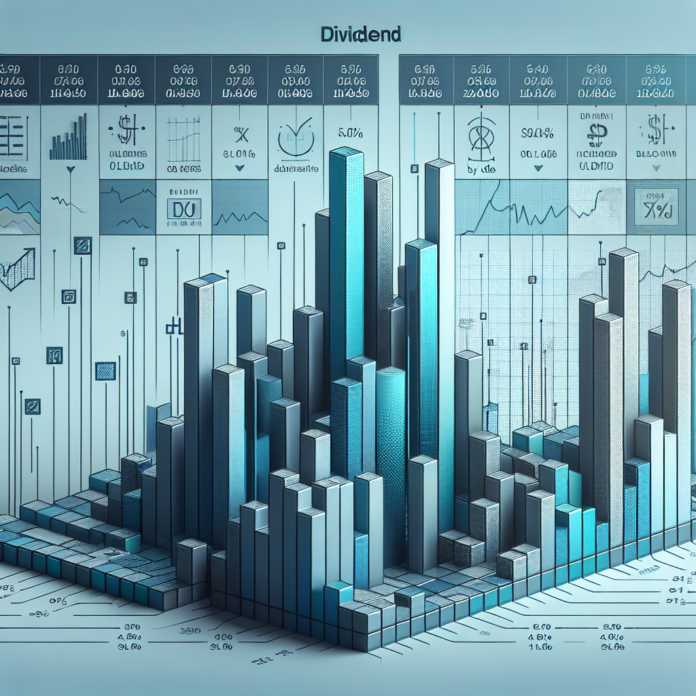Dow Jones Industrial Average (DJIA): Blue-Chip Reliability
When it comes to stock market investing, dividends are a key player in the pursuit of steady income and long-term growth. They not only provide a stream of income but can also be reinvested to compound returns over time. As investors look to maximize their dividend earnings, a comparative analysis of the dividends across different equity indexes is invaluable.
The DJIA is renowned for its collection of 30 large-cap, blue-chip companies. Companies in this index are well-established in their industries and possess a long-standing history of delivering dividends. The DJIA tends to have a higher dividend yield compared to broader equity indexes, making it attractive for those seeking reliable dividend payers.
Standard & Poor’s 500 Index (S&P 500): Diverse Dividend Profiles
Comprising 500 of the largest U.S. publicly traded companies, the S&P 500 is a broader representation of the U.S. economy and offers a diverse array of dividend-paying stocks. The index spans multiple sectors, each with different average dividend yields, which can be analyzed in more detail through an S&P 500 index fund provider or financial data services.
NASDAQ 100: Growth with a Side of Dividends
The NASDAQ 100, consisting mostly of tech giants, is generally considered more growth-oriented. However, amidst these growth stocks lie several companies that offer dividends. While the overall dividend yield of the NASDAQ 100 may be lower, selected companies within the index have begun to increase their dividend payouts. Tracking dividend changes for these tech companies can be done on the official NASDAQ website.
MSCI World Index: Global Dividend Pursuit
The MSCI World Index offers exposure to dividend-paying companies worldwide, encompassing both developed and emerging markets. This global index provides a broad perspective on dividend yields and can be especially useful for comparison with domestic indexes. Detailed information on its composition and dividend data can be acquired via MSCI, which manages the index.
FTSE 100: High Yields from Across the Pond
UK’s flagship index, the FTSE 100, is known for having a higher average dividend yield than many other global equity indexes. Composed of the 100 largest UK-listed blue-chip companies, many of these offer robust dividends. Current yields and constituents can be reviewed directly on the FTSE Russell website.
When comparing dividends across these equity indexes, investors must consider factors such as the stability of dividend payments, the growth potential of dividends, and how the dividends fit within their overall investment strategy. Some may prefer the steady hand of the blue-chips, while others might find the potential for dividend growth in tech-oriented companies more appealing. Another element to keep in mind is the tax treatment of dividends, which can impact the net income from these investments.
By closely examining and comparing the dividend profiles of different equity indexes, investors can tailor their portfolios to enhance income, manage risk, and align with their investment goals. This comparative approach enables a more nuanced understanding of where and how dividends contribute to total returns, forming a pivotal part of a diversified investment strategy.
Disclaimer: This article is for informational purposes only and does not constitute financial or investment advice. Individual investors should perform their own research and consult with financial advisors before making investment decisions.




 AGF-B.CO
AGF-B.CO